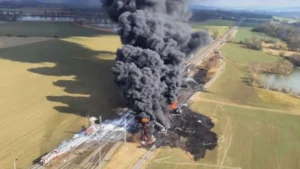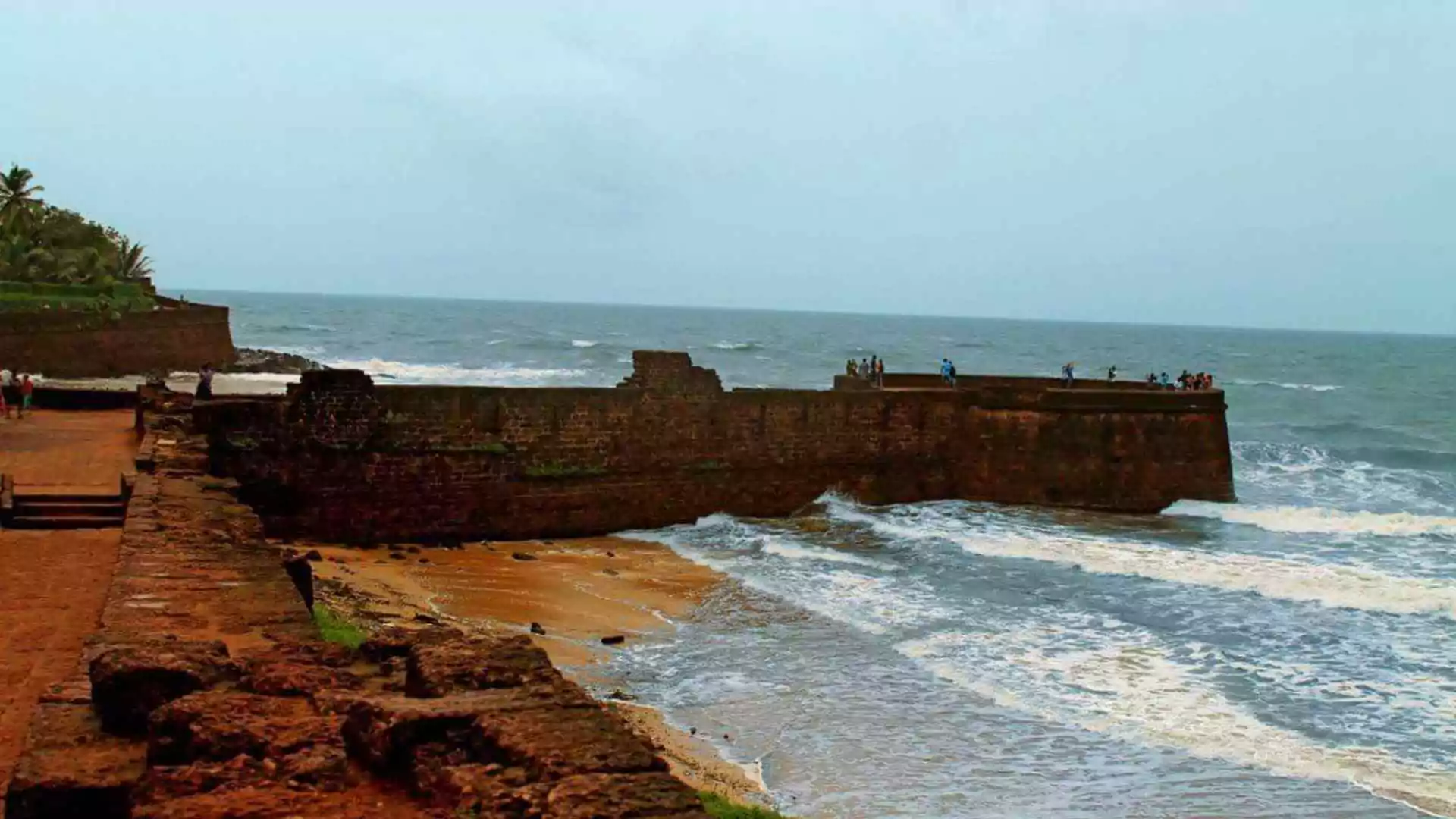The recent dramatic escape of former Prime Minister Sheikh Hasina from Bangladesh amid intense protests and military pressure is part of a broader pattern of political instability in the South Asian nation. Since gaining independence in 1971, Bangladesh has witnessed numerous instances of leaders being forced from power or experiencing abrupt terminations of their office due to violent upheavals. Here, we revisit key episodes in the country’s tumultuous political history.
1975: A Year of Assassinations and Coups

Bangladesh’s first Prime Minister, Sheikh Mujibur Rahman
Following its liberation from Pakistan in 1971, Bangladesh saw its first prime minister, Sheikh Mujibur Rahman, establish a one-party system and assume the presidency in January 1975. His tenure, however, was abruptly ended when he was assassinated on August 15 of the same year, along with his wife and three sons. The assassination was orchestrated by a faction of the military, which then saw Khondaker Mostaq Ahmad assume power with military backing. Ahmad’s rule was short-lived; he was overthrown in a coup led by Army Chief of Staff Khaled Mosharraf on November 3. Mosharraf’s rule was also cut short when he was killed by mutineers in a subsequent coup. The power struggle continued until General Ziaur Rahman seized control on November 7.
1981-1983: Rebellion and Coup

General Ziaur Rahman’s rule
General Ziaur Rahman’s rule came to a violent end on May 30, 1981, when he was assassinated during an attempted coup. Abdus Sattar, his vice-president, assumed the interim presidency with the support of General Hussain Muhammad Ershad. Within a year, Ershad executed a bloodless coup against Sattar on March 24, 1982, installing Ahsanuddin Chowdhury as a nominal president while Ershad established martial law. Ershad eventually declared himself head of state on December 11, 1983, with Chowdhury later leading a political party aligned with Ershad’s regime.
1990: Ershad’s Resignation and Arrest
General Ershad resigns from the presidency
After a series of mass protests advocating for democratic reforms, General Ershad resigned from the presidency on December 6, 1990. His resignation led to his arrest on December 12 on charges of corruption. Justice Minister Shahabuddin Ahmed took over as interim president until elections could be organized. Ershad’s release came in January 1997.
1991: Bangladesh’s First Free Elections
Khaleda Zia becomes Bangladesh’s first female prime minister
The early 1991 elections marked a significant shift in Bangladesh’s political landscape, with the Bangladesh Nationalist Party (BNP) emerging victorious. Khaleda Zia, the widow of General Ziaur Rahman, became the country’s first female prime minister. She was succeeded by her rival, Sheikh Hasina, whose Awami League won the 1996 elections. The BNP returned to power in 2001 with Khaleda Zia resuming the prime ministerial role and serving until October 2006.
2007: Military Intervention and Anti-Corruption Purge

President declares emergency
In 2007, amid widespread anti-government demonstrations, President Iajuddin Ahmed declared a state of emergency with the support of the military. A military-led transitional government launched a significant anti-corruption crackdown, leading to the imprisonment of both Sheikh Hasina and Khaleda Zia on graft charges. Both leaders were released in 2008, and Hasina’s party won the subsequent elections, restoring her as prime minister.
























